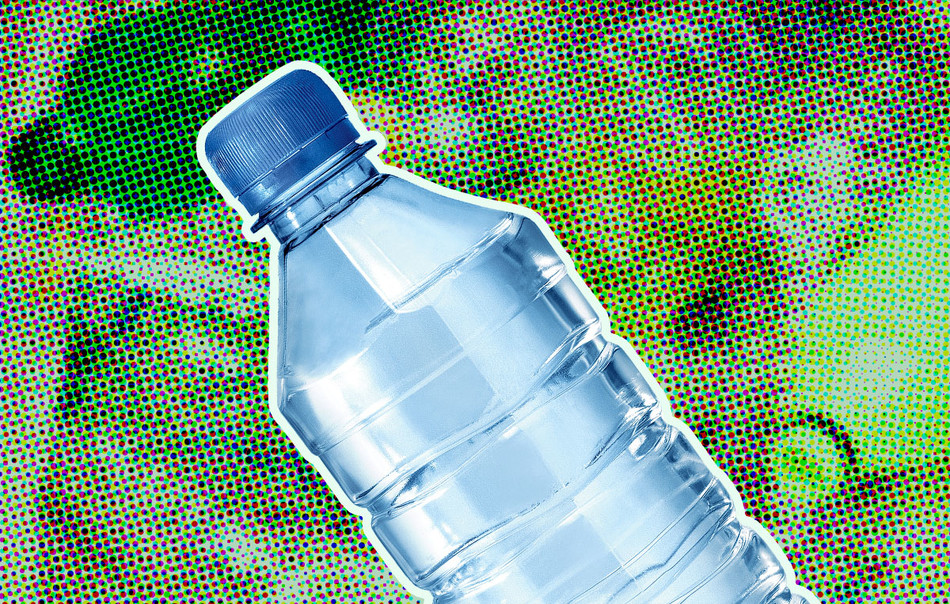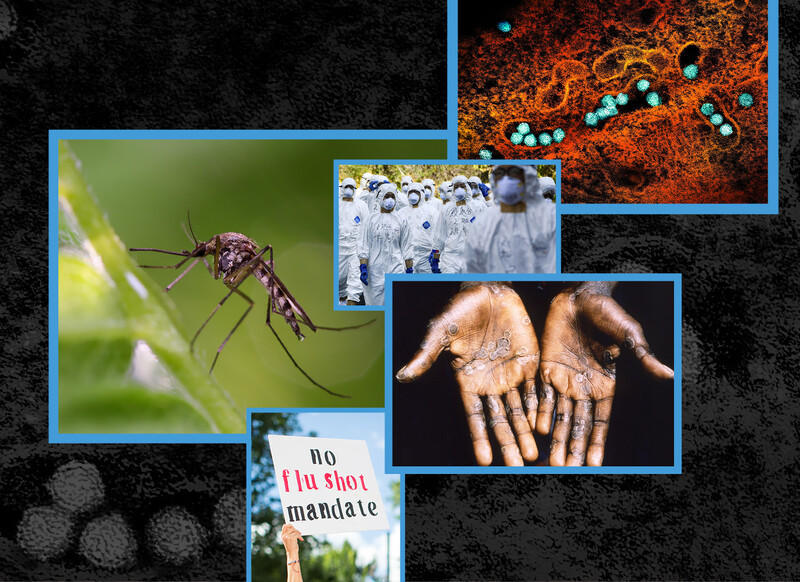How Much Plastic Is in Bottled Water? You Probably Don’t Want to Know
Scientists have long known that bottled water is tainted with microscopic bits of plastic, but now, for the first time, Columbia researchers have developed tools to count and identify these particles. What they found is sobering: their studies show that bottled water contains far more plastic than previously estimated. In fact, a typical one-liter bottle contains nearly a quarter million polymer particles that can enter the bloodstream and lodge in the heart, brain, and other organs.
The discovery, from a team led by Columbia chemists Wei Min, Beizhan Yan, and Naixin Qian, was made using a novel microscopy technique that Min developed to detect plastic fragments at the nanoscale. Nanoplastics are plastic particles below one micrometer in length (for reference, a human hair is about seventy micrometers thick) and are measured in billionths of a meter. These particles, which are as small as viruses, can slip into human cells, potentially damaging DNA and disrupting our immune, reproductive, and nervous systems.
In addition to measuring the amount of contamination we’re exposed to, the Columbia researchers identified the types of polymers present in bottled water, which yielded some surprises. For example, they found that while a serving of bottled water contains many minuscule pieces of polyethylene terephthalate, or PET, which is what the bottles are made of, they are outnumbered by bits of other plastics used in industrial processes to filter water and prepare it for packaging.
The researchers are next planning to look for nanoscale plastic particles in tap water, packaged food, wastewater from washing machines, and other sources. In addition, they are collaborating with environmental-health experts at Columbia’s Mailman School of Public Health to find plastic fragments in a variety of human tissues and examine their developmental and neurological effects.
“Previously this was a dark area, uncharted,” says Yan. “Toxicity studies were just guessing what plastics we were exposed to. This opens a window where we can look into a world that was not visible to us before.”



